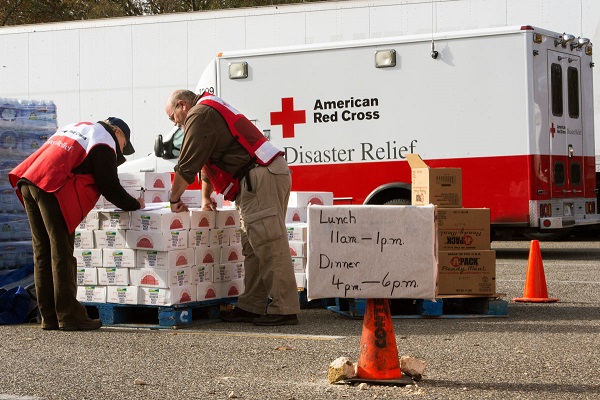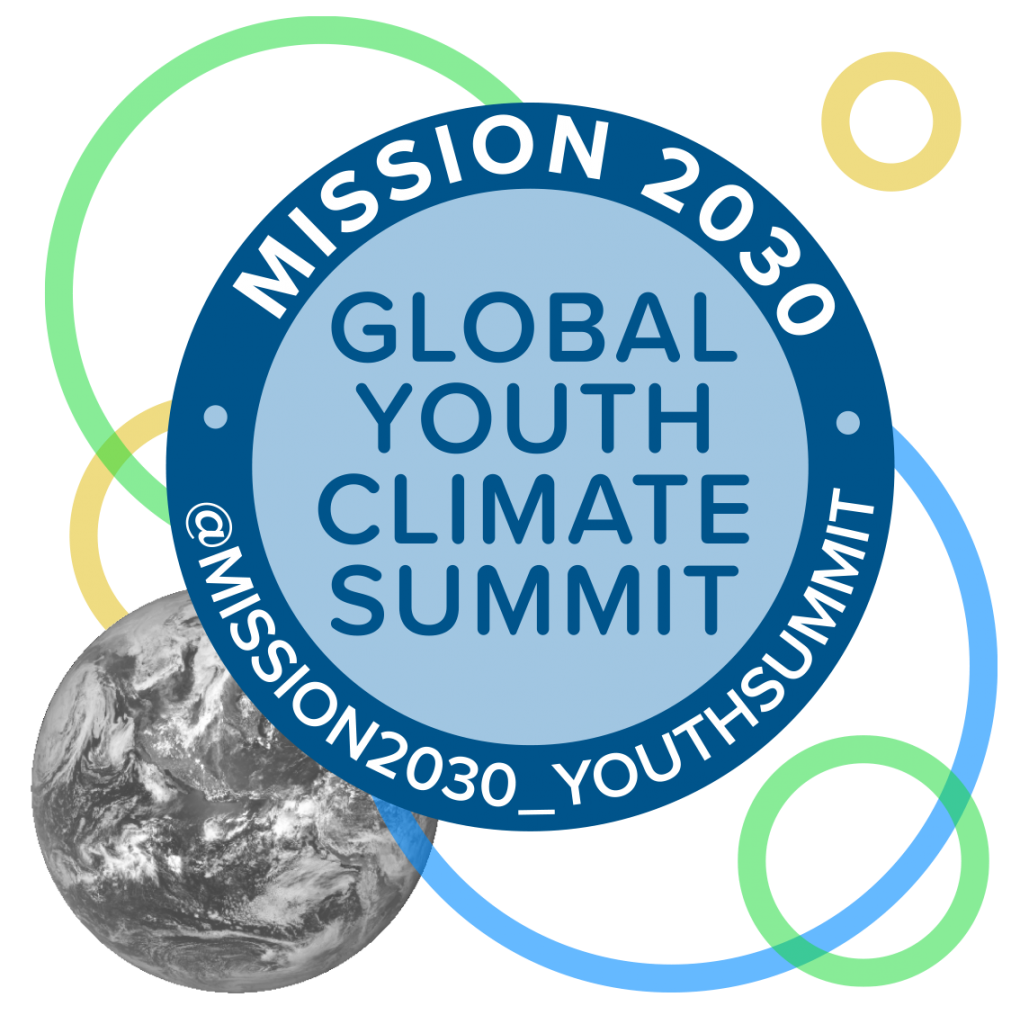Red Cross Leverages Extreme Event Attribution Science to Prepare for More Frequent Disasters
Understanding how extreme weather and temperatures are changing helps relief organizations like the Red Cross determine where to stockpile emergency supplies.
Read the entire article at Inside Climate News.
Heat waves, droughts and storms intensified by global warming are raising the stakes for disaster relief organizations like the International Federation of Red Cross and Red Crescent Societies, which is turning to attribution studies to help it better allocate resources in a warming world.
The hardest part may be learning to expect the unexpected, said Maarten van Aalst, director of the Red Cross Red Crescent Climate Centre. “Increasing extremes mean we need to be prepared for a wider range of risks, including rising uncertainties,” he said.
A new analysis by World Weather Attribution, a science organization that the Red Cross has partnered with, shows that heat extremes are rising much faster than the global mean temperatures in most regions and that daily precipitation extremes are also increasing in severity.
Understanding how often extreme events are expected and how intense they could become helps relief organizations determine where to stockpile emergency supplies and to design shelters that can withstand extreme conditions intensified by global warming.
When Typhoon Haiyan struck the Philippines in 2013, killing more than 6,000 people, more than 90 percent of the deaths were caused by the storm surge. Knowing how much more extreme and frequent such flooding will be in a warmer world with rising sea level is critical to building the kinds of shelters and issuing the kinds of warnings that can saved lives in the future.
“We’re seeing intensifications now that basically break the rules of meteorology,” said Alasdair Hainsworth, chief of Disaster Risk Reduction at the World Meteorological Organization. “We used to have rules of thumb that tropical storms couldn’t increase in intensity more than a certain amount each day. Those rules are being broken and tossed out the window. And we’re seeing more extreme events in places where we’re not used to seeing them.”
In the case of Haiyan, Hainsworth said, “there was a good forecast well in advance. But what the community did not realize is the impact this event was likely to have on them. They knew there was a Category 5 storm coming, but nobody communicated what that means. It was beyond local knowledge as to what this was going to do.”
“What should have been said was, ‘there is a Category 5 storm coming and your normal shelters won’t be able to withstand it’,” Hainsworth said. “If the statements had included that the surge will be like a tsunami, they could have prepared themselves more. But people went to their normal shelters and they got inundated when it came in like a tsunami.”
Understanding the intensification effects of global warming helps relief organizations anticipate the potential damage from extreme weather and work to minimize it rather than just responding after the fact, van Aalst said.
“There are limits to adaptation. At some point, you save your life and some of your belongings, but not necessarily your house. If events go beyond what you can handle, then you really need to consider how you can do things differently if this is caused by climate change,” he said. “Sometimes we need to know whether to rebuild or abandon.”


